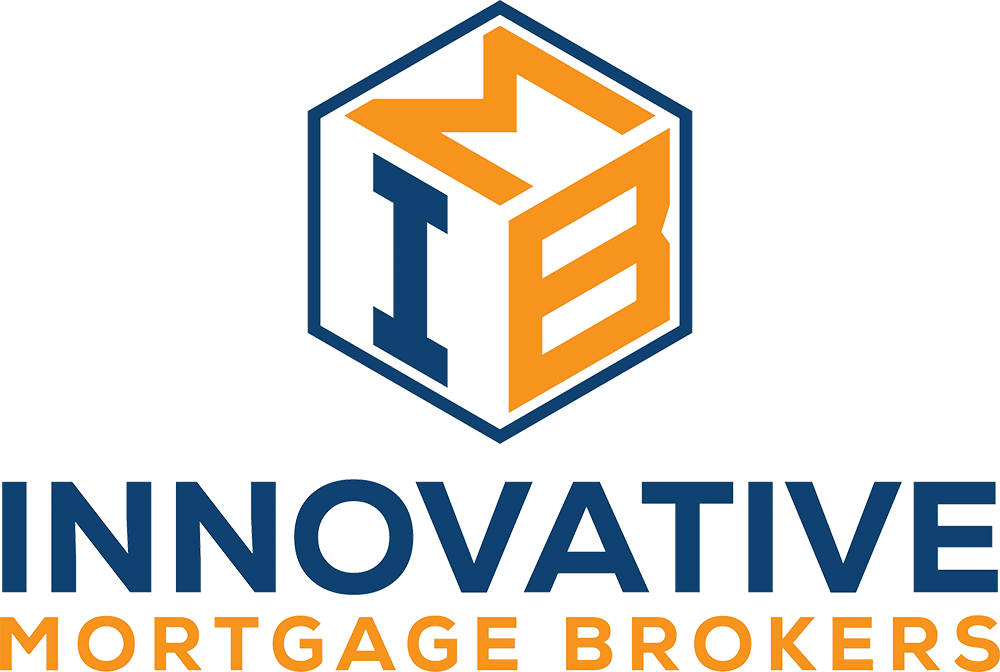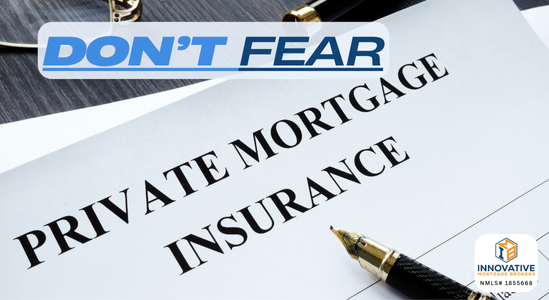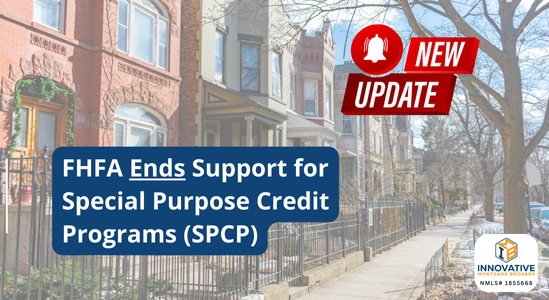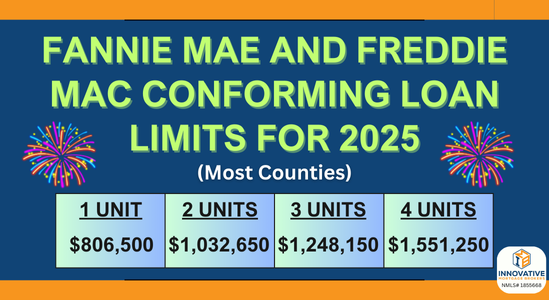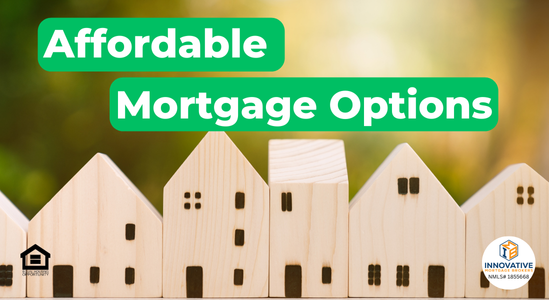What It Means for Borrowers and the Industry In a significant policy shift, the Federal…
Don’t Fear PMI
Why Private Mortgage Insurance (PMI) Isn’t as Bad as You Think
For many homebuyers, Private Mortgage Insurance (PMI) has a bad reputation. It’s often misunderstood as an unnecessary extra cost, leading some buyers to delay their purchase in an attempt to save for a 20% down payment. But here’s the reality: PMI is not something to fear—it’s actually a helpful tool that enables homeownership sooner than you might think.
If you’ve been holding off on buying a home because you don’t have 20% saved, this article will explain what PMI is, how it works, and why it’s not the enemy.
What Is PMI and Why Does It Exist?
Private Mortgage Insurance (PMI) is a type of insurance that protects the lender in case the borrower defaults on the loan. It is required on conventional loans when the down payment is less than 20%.
Lenders require PMI for lower down payment loans because there is a higher risk involved. By having PMI in place, lenders are more willing to approve loans with smaller down payments—helping more buyers qualify for homeownership.
But here’s the key: PMI is temporary and can be removed once you build enough equity in your home.
Why PMI Is Not a Bad Thing
Many homebuyers see PMI as an unnecessary expense, but in reality, it provides several key benefits:
PMI Allows You to Buy a Home Sooner
One of the biggest advantages of PMI is that it allows you to purchase a home without needing a full 20% down payment.
For example, if you’re looking at a $300,000 home, a 20% down payment would be $60,000. That’s a large sum that could take years to save—especially if you’re also paying rent in the meantime.
With PMI, you might be able to buy the home with just 3% down ($9,000) instead of waiting years to save the full 20%. This means:
✔️ You start building equity sooner
✔️ You avoid rising home prices (which could make the home more expensive later)
✔️ You begin enjoying the tax benefits of homeownership right away
PMI Costs Less Than You Think
A common misconception is that PMI is extremely expensive, but in reality, it’s a small percentage of your loan amount.
PMI typically costs between 0.3% and 1.5% of the original loan amount per year, depending on your credit score, loan type, and down payment.
For example, let’s say you buy a $300,000 home with 10% down. Your loan amount would be $270,000, and if your PMI is 0.5% annually, that would be:
- $1,350 per year (or about $112 per month)
That’s a small price to pay for being able to buy a home sooner and start building equity immediately.
PMI Is Not Forever – You Can Remove It
One of the best aspects of PMI is that it’s temporary. Unlike FHA mortgage insurance (which often lasts for the life of the loan), PMI on conventional loans can be removed once you reach 20% equity.
There are two ways to get rid of PMI:
✔️ Automatic Removal – Once your loan balance reaches 78% of the home’s original value, the lender must automatically cancel PMI.
✔️ Request Removal at 80% Equity – If you make extra payments or your home appreciates in value, you can request PMI removal once you reach 80% equity.
This means that if home values increase or you make extra payments, PMI could be gone in just a few years.
Home Prices Are Rising – Waiting Could Cost You More
Some buyers avoid PMI because they want to wait until they have a full 20% down payment. But in many cases, waiting actually costs more in the long run.
Consider this: If home prices are increasing by 5% per year, a home that costs $300,000 today could be worth $315,000 next year. That means you’ll need to save even more for your 20% down payment—and home affordability could become even tougher.
By buying now (even with PMI), you lock in today’s prices and start building equity sooner, rather than chasing rising prices.
PMI vs. Renting: Which Is Better?
If you’re currently renting, paying mortgage with PMI is often still cheaper than renting in the long run.
If you buy a home with a low down payment and PMI, a portion of every mortgage payment builds equity in your home. Even with PMI, you’re investing in your future rather than paying your landlord’s mortgage.
How to Minimize or Avoid PMI
While PMI isn’t something to fear, there are a few ways to reduce or avoid it:
✔️ Save for a Larger Down Payment – If you can put 10% or 15% down, your PMI cost will be lower than if you only put 3% or 5% down.
✔️ Consider a Piggyback Loan (80/10/10 Loan) – This involves taking out a second loan to cover part of the down payment, avoiding PMI.
✔️ Improve Your Credit Score – The better your credit, the lower your PMI costs.
Final Thoughts: PMI Is a Stepping Stone, Not a Roadblock
Instead of viewing PMI as an unnecessary cost, think of it as a tool that helps you achieve homeownership sooner. It allows you to buy a home with a lower down payment, start building equity immediately, and avoid rising home prices.
The best part? PMI is temporary—and once you reach 20% equity, it goes away.
If you’re considering buying a home but worried about PMI, let’s talk! At Innovative Mortgage Brokers, we can help you understand your options and find a mortgage solution that works best for you.
